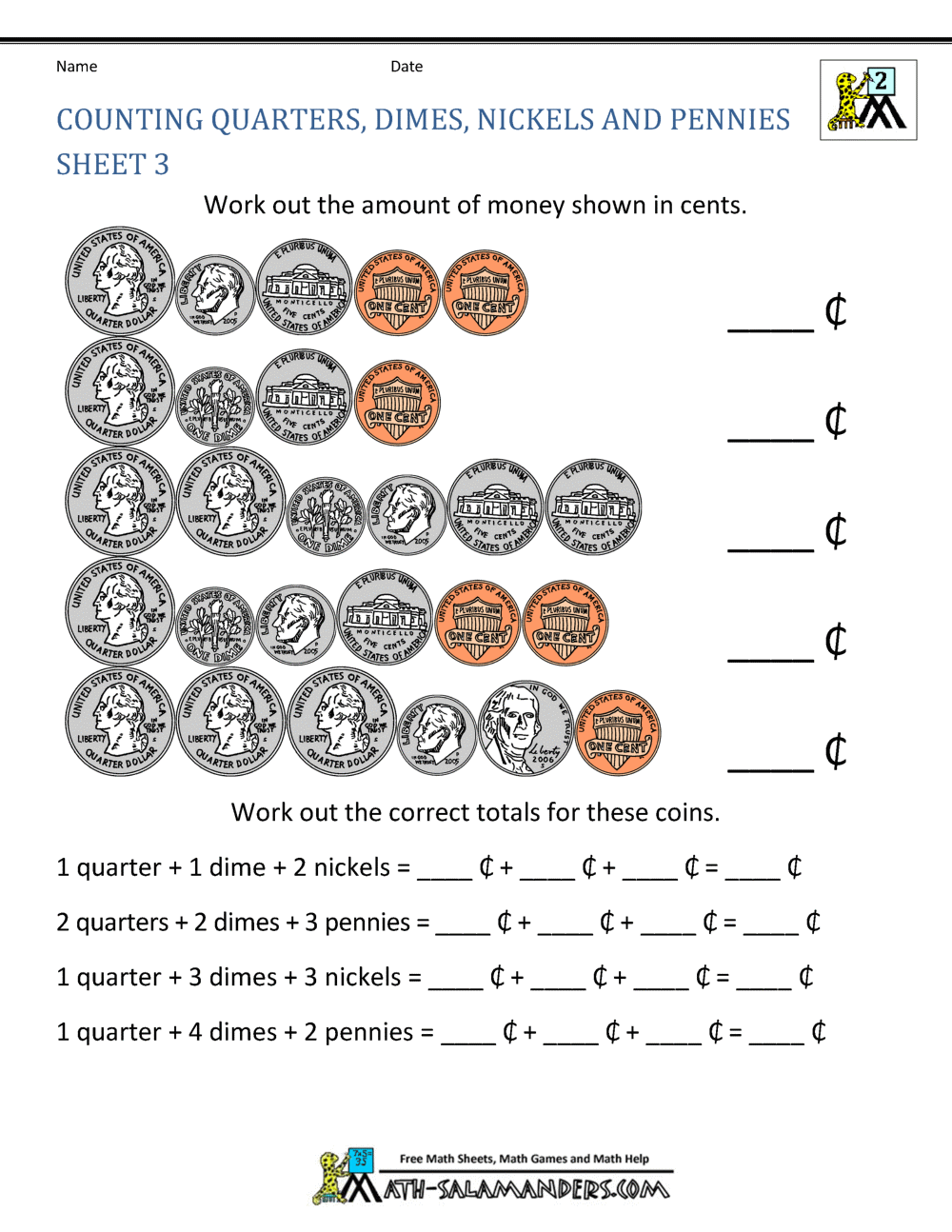MONEY MATTERS
For my final post, I have saved a topic that I feel very passionately about- MONEY. When my brother was graduating high school (2016, for reference), the senior class filled out a questionnaire about their experience. One of the questions was about what they would have liked to have as an elective choice, and a whopping 85% of students said something along the lines of financial literacy, budgeting, etc. Despite this, I think there's a decrease in focus on the concept of money in elementary school. While it seems like these are two totally different issues, they are so deeply connected- how can you expect students to be financially literate and make good choices with money if they don't start with a good foundation?
During our Daily Depositor last week, one of my 4th graders told me that he "doesn't need to learn about coins because his mom says he'll only use credit cards anyway." I was absolutely shocked when half of my kids nodded in agreement. It's also a daily battle to get some of them to come up with a different coin combination that's not all pennies (96 pennies, while valid, isn't exactly an efficient combination). The ability to be able to count back change, consider percentages and discounts in terms of money, and understand coin combinations is a part of everyday life. I feel so strongly that this is an important part of elementary math and was determined to find fun ways to practice these skills with my students, so let's get into it!


Another fun way to practice money is to set up a "classroom store." Students can earn "play" coins and bills for setting a good example, being helpful, being a good friend, doing extra homework, etc. I think it's a great way to reward exemplary behavior and definitely serves as a good reinforcement system. Students can then use this "money" to buy items or prizes from the classroom store, such as funky pencils, small toys/trinkets, homework passes, and other fun things! This is a fun way to let kids become comfortable knowing how much money they need to purchase things, what kinds of combinations they can use to make a specific amount, and what change they might need back.
During our Daily Depositor last week, one of my 4th graders told me that he "doesn't need to learn about coins because his mom says he'll only use credit cards anyway." I was absolutely shocked when half of my kids nodded in agreement. It's also a daily battle to get some of them to come up with a different coin combination that's not all pennies (96 pennies, while valid, isn't exactly an efficient combination). The ability to be able to count back change, consider percentages and discounts in terms of money, and understand coin combinations is a part of everyday life. I feel so strongly that this is an important part of elementary math and was determined to find fun ways to practice these skills with my students, so let's get into it!


Another fun way to practice money is to set up a "classroom store." Students can earn "play" coins and bills for setting a good example, being helpful, being a good friend, doing extra homework, etc. I think it's a great way to reward exemplary behavior and definitely serves as a good reinforcement system. Students can then use this "money" to buy items or prizes from the classroom store, such as funky pencils, small toys/trinkets, homework passes, and other fun things! This is a fun way to let kids become comfortable knowing how much money they need to purchase things, what kinds of combinations they can use to make a specific amount, and what change they might need back.
Comments
Post a Comment